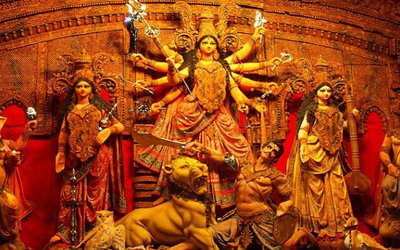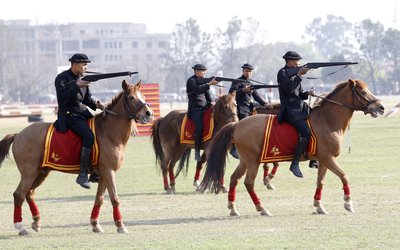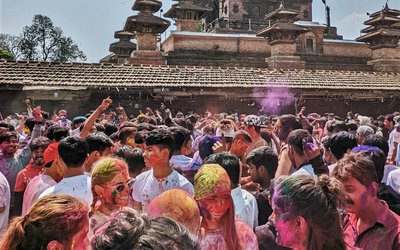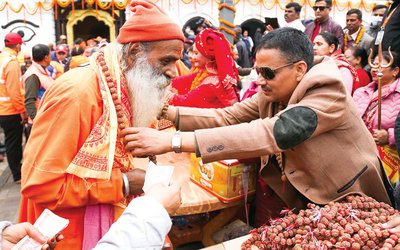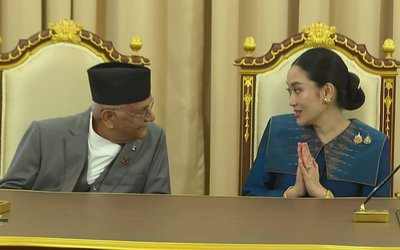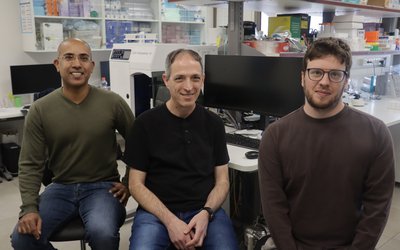
Holi is one of the biggest Hindu festivals that celebrates the victory of good over evil in Nepal and India. Although the holi is celebrated as a day of victory of Lord Krishna killing Holica, an evil, Kathmandu Valley has been celebrating a day earlier than the rest of the world and Nepal.
The resident of Kathmandu Valley have strong religious reason to defend it. According to tradition, the resident of Kathmandu celebrate the day when lord Krishna killed Holica. The celebration start with burning Chir and dumping it in Bagmati river. However, Nepal’s southern plain and rest of the world celebrate the holi festival next day as victory day.
In Nepal, Holi will be celebrated on March 6 and 7
History And Significance
Holi - the festival of colours - is right around the corner. It is celebrated with much pomp by Hindus all across the globe and is one of the biggest festivals in India after Diwali. The celebrations last for two days - beginning with Choti Holi or Holika Dahan, followed by Dhulandi or Rangwali Holi. The occasion marks the victory of good over evil. It falls in the Hindu calendar month of Phalgun - falling between February and March. People celebrate the day with colours, water, balloons and flowers. Children and adults smear Gulal on each other and seek blessings from their elders. They also visit friends and relatives to commemorate the auspicious, grand celebration and relish Holi delicacies like gujiya, thandai and more. If you wish to know more about this festival, like the correct date, history, significance, celebrations, shubh muhurat, puja vidhi and more, check it out below.
This year, Holi falls on March 8, and Holika Dahan falls on March 7. According to Drik Panchang, Purnima tithi begins at 04:17 pm on March 6 and ends at 06:09 pm on March 7. The Holika Dahan tithi will last from 06:24 pm to 08:51 pm on March 7. Additionally, the Bhadra Punchha will be from 12:43 am to 02:01 am, and the Bhadra Mukha is from 02:01 am to 04:11 am.
Holi is a celebration of the divine love between Lord Krishna and Radha and the victory of good over evil. It is also marked as a harvest festival, commemorating spring's arrival and the end of winter. According to Hindu mythology, Lord Krishna was dark in complexion, and Radha was very fair. Krishna used to be anxious if Radha would accept him because of their opposite skin colour and complained to his mother, Yashoda. One day, Yashoda playfully suggested Krishna smear Radha's face with colour to remove any differences. Krishna followed his mother's advice and smeared Radha's face with Gulal. And that is how people began celebrating Holi.
Another legend associated with Holi elaborates the story of king Hiranyakashipu, his son Prahalad - a devotee of Lord Vishnu, and his demoness aunt, Holika. Indian mythology says that Hiranyakashipu was blessed with a boon - he could not be killed by a man or animal. Therefore, he forced people to worship him. However, when his son became a devotee of Lord Vishnu and refused to worship him, Hiranyakashipu asked his sister Holika to kill him by sitting on a pyre while wearing a flame-shielding cloth. However, Prahlad prayed to Lord Vishnu to protect him - summoning a gust of wind that transferred the cloth from Holika to him. Thus, a day before Holi, Holika Dahan is celebrated to mark the victory of good over evil.
The auspicious festival of Holi is celebrated with pomp in places related to Lord Krishna, known as the Braj regions - Mathura, Vrindavan, Gowardhan, Gokul, Nandagaon and Barsana. The Lathmar Holi - the traditional Holi festivity in Barsana - and Phoolwali Holi in Vrindavan are world famous. Meanwhile, the festival is marked for two days - Chhoti Holi or Holika Dahan and Rangwali Holi or Dhulandi. During Holika Dahan, people light a bonfire to signify the victory of good over evil. On the next day, they wake up early in the morning to play with colours or Gulal. Children fill balloons and toy guns with water and play with their friends. People also relish sweet delicacies and thandai specially prepared for the festival.
- BIMSTEC Should Uphold Spirit Of Regional Unity And Collective Cooperation: Minister Dr Rana
- Apr 03, 2025
- PM Oli, Thai PM Shinawatra Holding Meeting
- Apr 03, 2025
- Hazy Weather For Some Days In Kathmandu
- Apr 03, 2025
- A Novel AI-Based Method Reveals How Cells Respond To Drug Treatments
- Apr 03, 2025
- IWMMI: Water Resilience Tracker
- Apr 02, 2025

